Related Research Articles
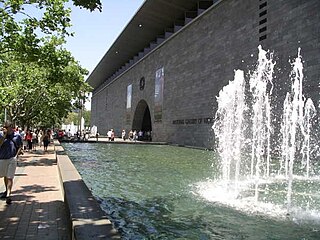
The National Gallery of Victoria, popularly known as the NGV, is an art museum in Melbourne, Victoria, Australia. Founded in 1861, it is Australia's oldest and most visited art museum.

Sir George Russell Drysdale, AC, also known as Tass Drysdale, was an Australian artist. He won the prestigious Wynne Prize for Sofala in 1947, and represented Australia at the Venice Biennale in 1954. He was influenced by abstract and surrealist art, and "created a new vision of the Australian scene as revolutionary and influential as that of Tom Roberts".
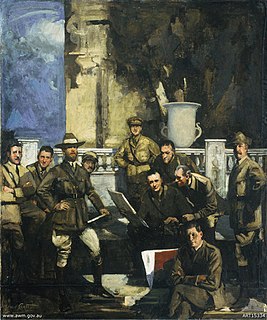
George Frederick Henry Bell was an Australian painter and teacher, critic, portraitist, violinist and war artist.

Sali Herman was a Swiss-born Australian artist, one of Australia's Official War Artists for the Second World War.
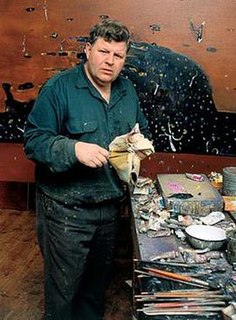
Frederick Ronald Williams OBE was an Australian painter and printmaker. He was one of Australia’s most important artists, and one of the twentieth century's major landscapists. He had more than seventy solo exhibitions during his career in Australian galleries, as well as the exhibition Fred Williams - Landscapes of a Continent at the Museum of Modern Art in New York in 1977.
John de Burgh Perceval AO was a well-known Australian artist. Perceval was the last surviving member of a group known as the Angry Penguins who redefined Australian art in the 1940s. Other members included John Reed, Joy Hester, Sidney Nolan, Arthur Boyd and Albert Tucker. He was also an Antipodean and contributed to the Antipodeans exhibition of 1959.
Sam Fullbrook was an Australian artist who was a winner of the Archibald Prize for portraiture and the Wynne Prize for landscape. He was described as "last of the bushman painters". However Fullbrook was fine art-trained and his sophisticated works are in every State art museum in Australia and international collections.
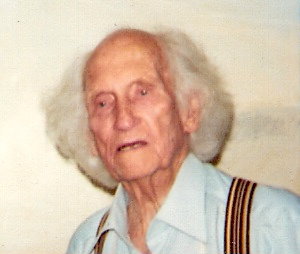
Lloyd Frederic Rees AC CMG was an Australian landscape painter who twice won the Wynne Prize for his landscape paintings.
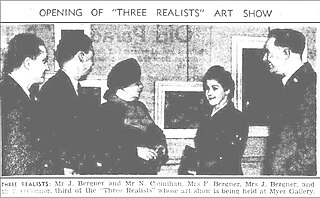
Victor George O'Connor was an Australian artist and an exponent of the principles of social realist art. From the time of the Great Depression in the 1930s his work embodied social and political comment on the conditions of working class people and the structures of society that caused their suffering.
William Dunn Knox (1880–1945) was an Australian artist.
Desiderius Orban, was a renowned Hungarian painter, printmaker and teacher, who, after emigrating to Australia in 1939 when in his mid-50s, also made an illustrious career in that country.

Moya Dyring was an Australian artist. She was one of the first women artists to embrace Modernism and exhibit cubist paintings in Melbourne. For several years she was a member of the modern art community around Heide, the home of art collectors John and Sunday Reed, and now the Heide Museum of Modern Art. Dyring then travelled to the USA and France, where she lived most her life. Her work is held in the Heide Museum as well as the National Gallery of Australia.

Gareth Sansom is an Australian artist, painter, printmaker and collagist and winner of the 2008 John McCaughey Memorial Prize of $100,000.
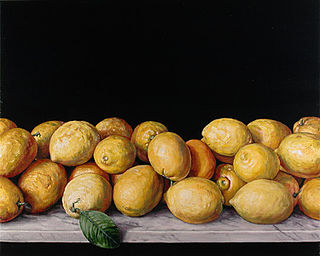
Christopher "Chris" Beaumont, is an Australian still life painter, influenced by Spanish masters of the early 17th century particularly Juan Sánchez Cotán and Francisco de Zurbarán.

Ginger Riley Munduwalawala was an Australian contemporary artist. He was born incountry, in the Limmen Bight area of the Gulf of Carpentaria coast. His first language was Marra, now a critically endangered language. Riley became an artist during the 1950s as a result of his encounter with Albert Namatjira.

Sir Sidney Robert Nolan was one of Australia's leading artists of the 20th century. Working in a wide variety of mediums, his oeuvre is among the most diverse and prolific in all of modern art. He is best known for his series of paintings on legends from Australian history, most famously Ned Kelly, the bushranger and outlaw. Nolan's stylised depiction of Kelly's armour has become an icon of Australian art.
Danila Vassilieff was a Russian-born Australian painter and sculptor. He has been called the "father of Australian modernism".
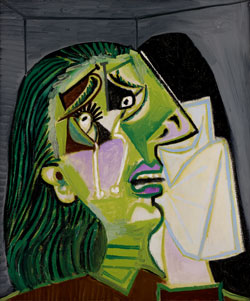
The theft of The Weeping Woman from the National Gallery of Victoria took place on 2 August 1986 in Melbourne, Australia. The stolen work was one of a series of paintings by Pablo Picasso all known as The Weeping Woman and had been purchased by the National Gallery of Victoria for A$1.6 million in 1985—at the time the highest price paid by an Australian art gallery for an artwork. A group calling itself "Australian Cultural Terrorists" claimed responsibility, making a number of demands in letters to the then Victorian Minister for the Arts, Race Mathews. The demands included increases to funding for the arts; threats were made that the painting would be destroyed. After an anonymous tip-off to police, the painting was found undamaged in a locker at Spencer Street station on 19 August 1986. The theft still remains unsolved.
Jan Senbergs is an Australian artist and printmaker of Latvian origin.
References
- 1 2 3 4 State of the Arts News, Art prize for three Australian artists Archived 2007-08-31 at the Wayback Machine , 19 July 2004
- ↑ Eva Breuer, art dealer, John Perceval Biography Archived 2006-09-02 at archive.today , retrieved July 2007
- ↑ Eva Breuer, art dealer, Sali Herman Biography Archived 2006-09-01 at archive.today , retrieved July 2007
- ↑ Australian Dictionary of Biography online, Ian Fairweather 1891–1974, retrieved July 2007
- ↑ Greenhill Galleries, About the artist Archived 2007-09-01 at the Wayback Machine , retrieved July 2007
- ↑ John Buckley Gallery, John Firth-Smith biography Archived March 3, 2011, at the Wayback Machine , retrieved July 2007
- ↑ Hopkins – Images, John Hopkins curriculum vitae Archived 2007-09-29 at the Wayback Machine , retrieved July 2007
- ↑ Goya Galleries, Craig Gough resumé Archived 2007-08-30 at the Wayback Machine , retrieved July 2007
- ↑ Eva Breuer, art dealer, Ann Thomson Biography Archived 2004-07-13 at archive.today , retrieved July 2007
- ↑ Philip Bacon Galleries, William Robinson – notes Archived 22 August 2006 at archive.today , retrieved July 2007
- ↑ Birnberg, Margo; Janusz Kreczmanski (2004). Aboriginal Artist Dictionary of Biographies: Australian Western, Central Desert and Kimberley Region. Marleston, South Australia: J.B. Publishing. ISBN 1-876622-47-4.
- ↑ Galeria Aniela, artist biography, retrieved July 2007
- ↑ Gabriella Coslovich, (February 14, 2008), Samsom wins $100,000 Prize!, The Age